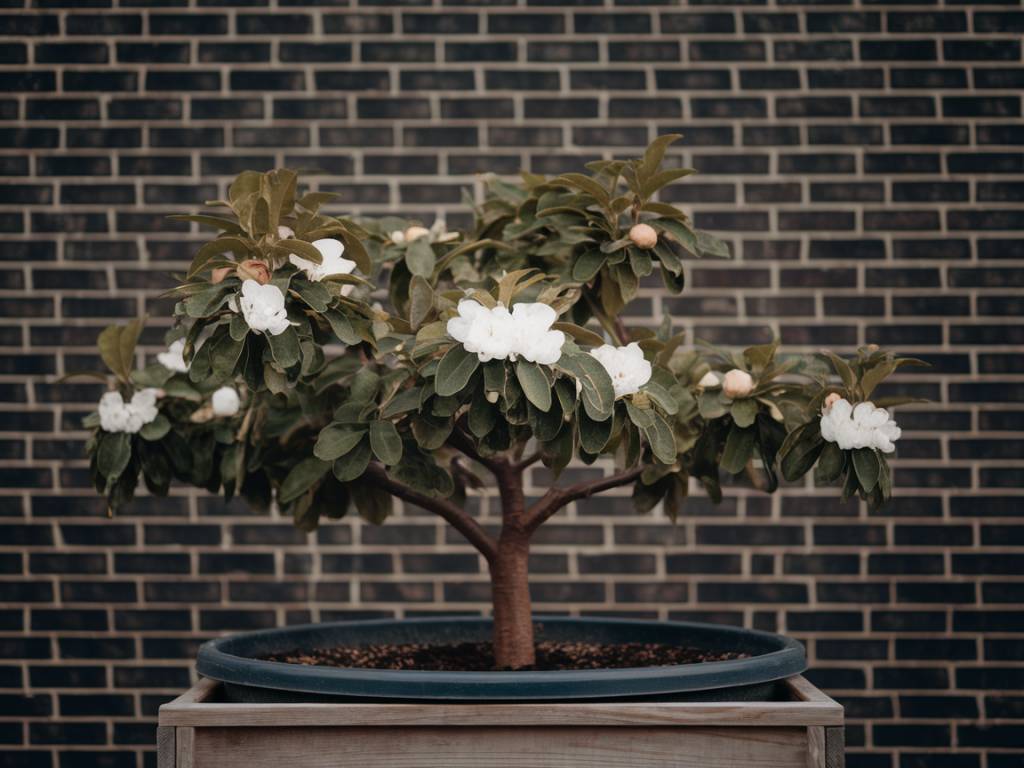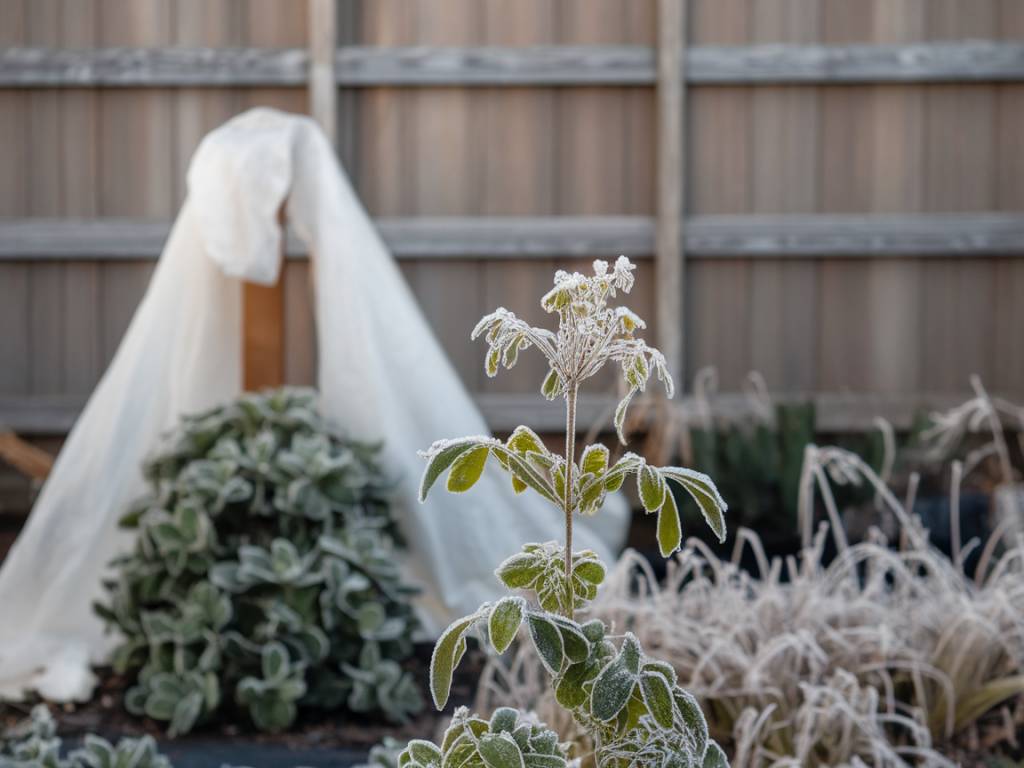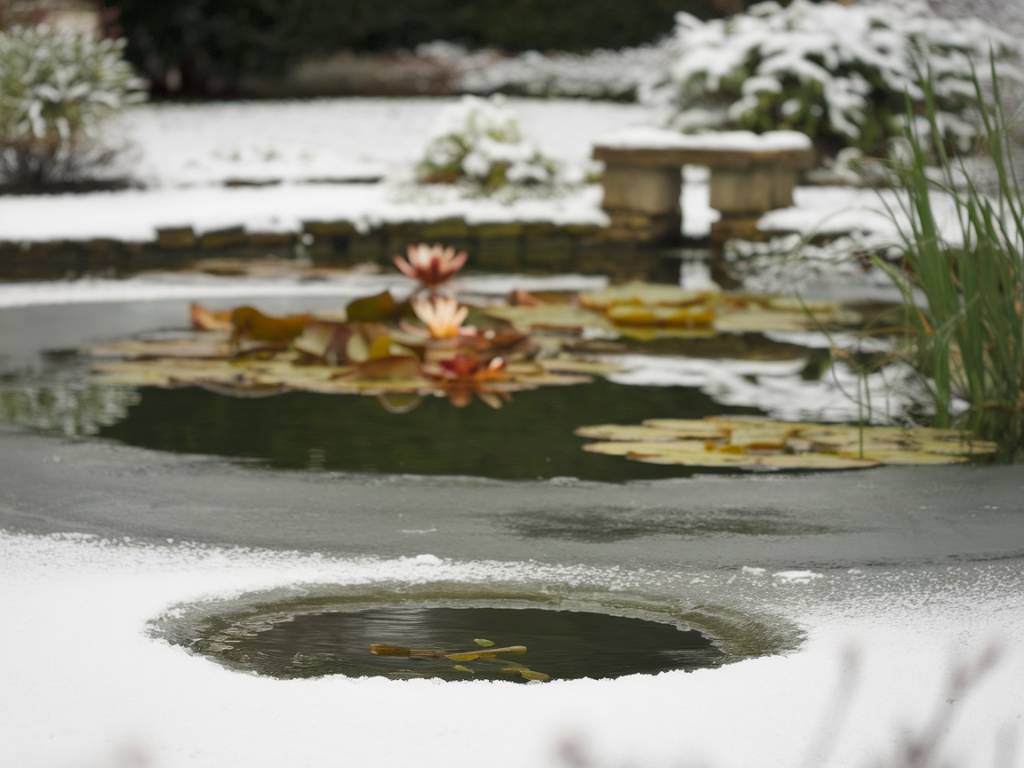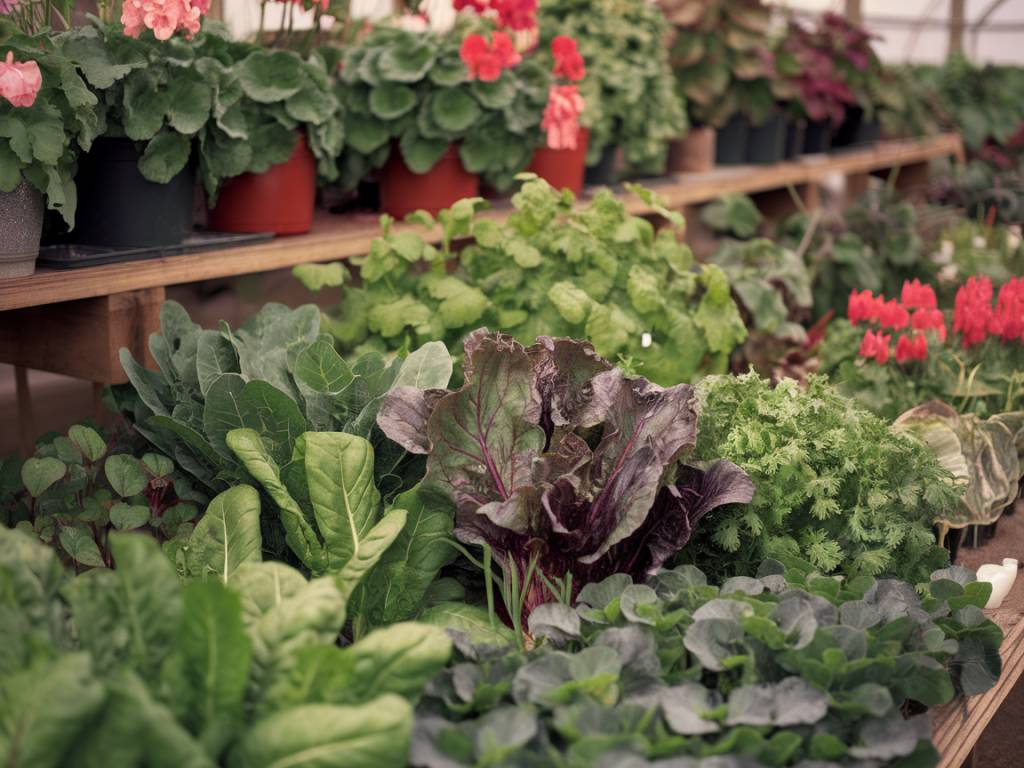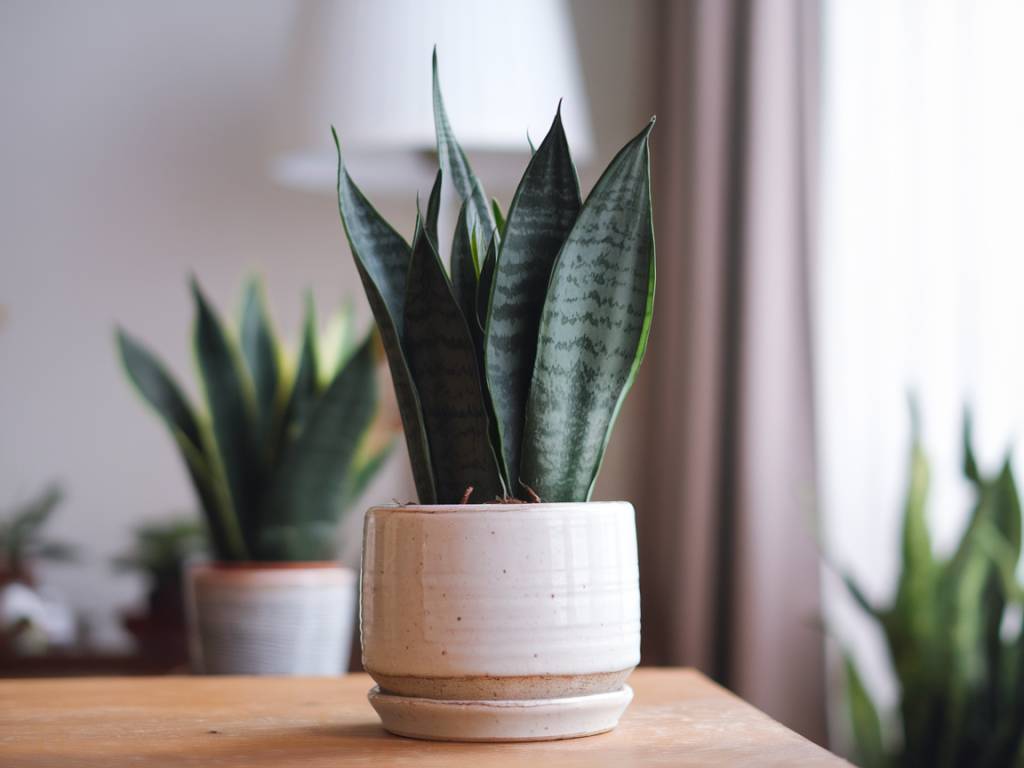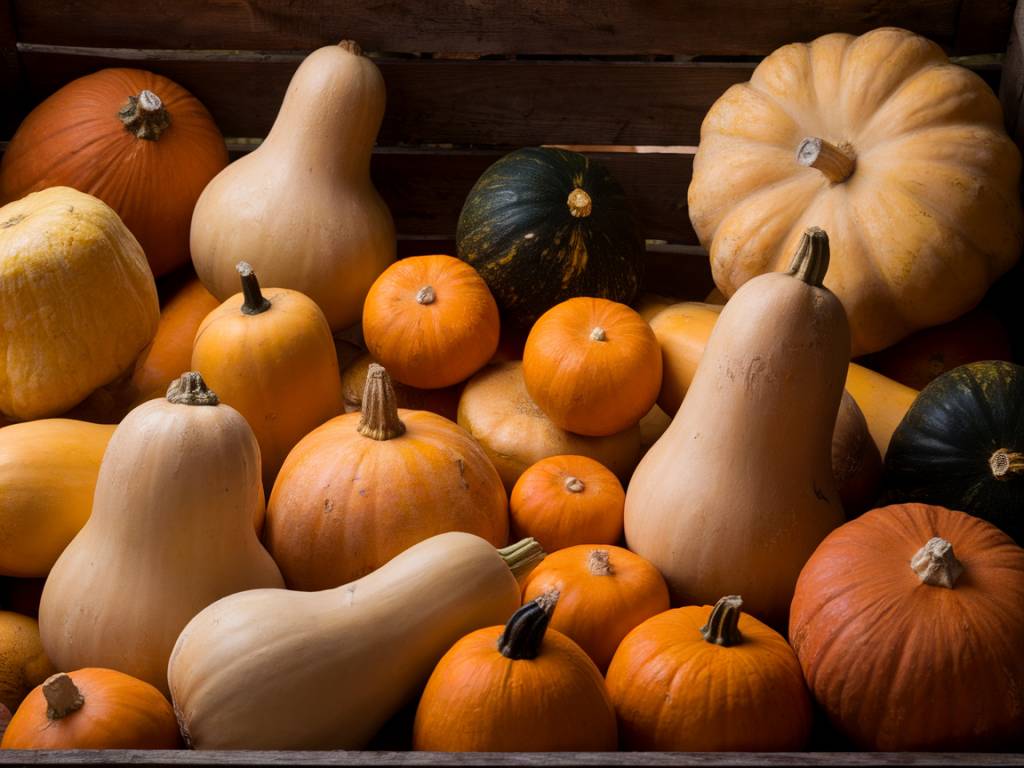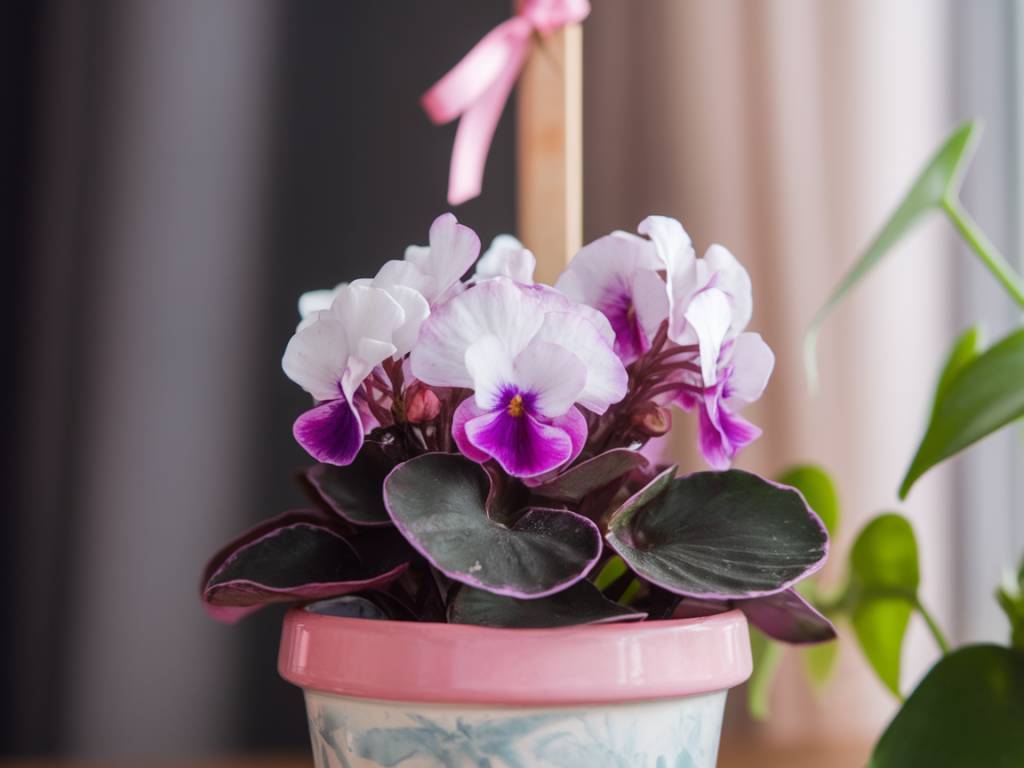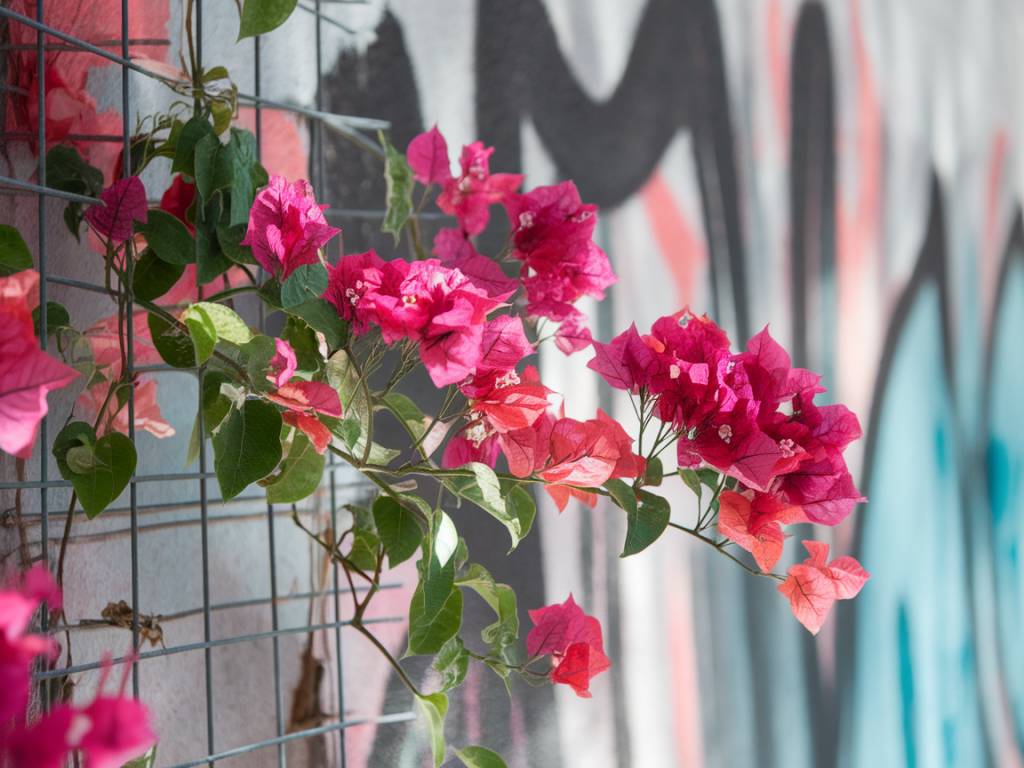As someone who adores the bountiful harvests that fruit trees can provide, I have always been fascinated by the idea of growing them in containers, especially during the challenging winter months. Container gardening offers a versatile and space-efficient way to enjoy fresh fruits even in urban settings. So, let’s dive into the essentials of growing fruit trees in containers during winter, employing techniques inspired by permaculture principles.
Choosing the Right Fruit Trees
The first step towards successful container gardening is selecting the appropriate fruit trees. Some fruit trees adapt better to container life and can thrive in limited soil volumes. From my experience, dwarf or semi-dwarf varieties are often the best fit. Here are some excellent choices:
- Apples: Varieties like ‘Gala’ and ‘Fuji’ are suitable for containers and can endure cooler temperatures.
- Citrus: ‘Meyer Lemon’ and ‘Key Lime’ are compact with a high tolerance for container living.
- Figs: ‘Brown Turkey’ is a reliable choice that can handle colder climates when given proper care.
- Plums: ‘Santa Rosa’ is a favorite that can adapt well to containers.
- Cherries: ‘Stella’ and ‘Lapins’ are self-pollinating dwarf varieties ideal for containers.
Choosing the Right Container
The container you choose will significantly impact the health and yield of your fruit tree. Here’s what I recommend:
- Size: A minimum volume of 15-25 gallons is essential. Larger is better, as it provides more room for root growth.
- Material: Durable materials like terracotta, high-quality plastic, or wooden barrels are ideal. Ensure they are frost-resistant.
- Drainage: Good drainage is crucial. Containers should have multiple drainage holes to prevent waterlogging.
Soil and Compost Mix
Healthy soil is the cornerstone of successful container gardening. I prepare a mix that’s nutrient-dense and well-aerated. Here’s my go-to recipe:
- Organic potting soil
- Compost: Enriches the soil with essential nutrients.
- Sand or Perlite: Improves drainage and aeration.
- Worm castings: A natural fertilizer that promotes vibrant growth.
Planting the Tree
Once you’ve chosen your tree and prepared the container, it’s time to plant. Follow these steps:
- Fill the container with soil mix, leaving enough space for the root ball.
- Carefully remove the tree from its nursery pot, loosening the root ball if it’s pot-bound.
- Place the tree in the center of the container, ensuring it sits at the same depth as it was in the nursery pot.
- Backfill with the remaining soil mix, pressing it gently to eliminate air pockets.
- Water thoroughly to help the soil settle and provide initial hydration.
Watering and Feeding
Watering and feeding are crucial, especially during winter when conditions can be harsh. Here’s my approach:
- Watering: Monitor soil moisture levels regularly. The top inch of soil should remain slightly dry between waterings. Overwatering can lead to root rot.
- Feeding: Use an organic, slow-release fertilizer. A balanced 10-10-10 or 12-12-12 formula works well. Apply twice during the growing season.
Winter Protection
Winter can be challenging for container-grown fruit trees. These strategies help ensure their survival:
- Location: Move containers to a sheltered spot, such as against a wall or inside an unheated greenhouse.
- Mulching: Apply a thick layer of mulch to insulate the soil and retain moisture.
- Warming: Wrap containers with bubble wrap or burlap to protect roots from freezing temperatures.
- Covering: Use frost cloths or blankets to shield the tree from frost and cold winds.
Pest and Disease Management
Even during winter, pests and diseases can be a concern. Here’s how I manage them organically:
- Inspect Regularly: Check for signs of pests like aphids or spider mites, and act promptly.
- Neem Oil: This organic treatment is effective against many pests and fungal infections.
- Pruning: Remove diseased branches and dead leaves to prevent the spread of infections.
Pruning and Training
Pruning helps maintain the tree’s shape and encourages healthy growth. During winter, when the tree is dormant, is the perfect time:
- Remove dead or damaged branches to improve airflow.
- Thin out overcrowded areas to allow light penetration.
- Train branches using stakes or ties to guide their growth.
Monitoring and Adjusting
One of the key aspects of container gardening is regular monitoring. I check my trees weekly for any signs of stress or nutrient deficiency. This involves:
- Checking Soil Moisture: Ensuring it’s not too dry or too soggy.
- Inspecting Leaves: Yellowing or browning could indicate a problem.
- Tweaking Position: Adjusting the tree’s location for optimal sunlight and protection from harsh weather.
Harvesting
Harvest time is undoubtedly the most rewarding. While winter fruit trees may not produce as abundantly as those planted in the ground, their fruits are every bit as delicious. Here’s when to pick:
- Apples and Pears: Harvest when the fruits detach easily from the tree.
- Citrus: Pick when the fruits are fully colored and slightly soft to the touch.
- Figs: They should be fully ripe and beginning to bend at the neck.
- Plums and Cherries: Harvest when they are fully colored and slightly soft.
There’s something incredibly satisfying about growing fruit trees in containers, especially through the challenging winter months. The blend of permaculture principles and organic practices makes the process not only sustainable but also deeply gratifying. Happy gardening!
—Samanta

